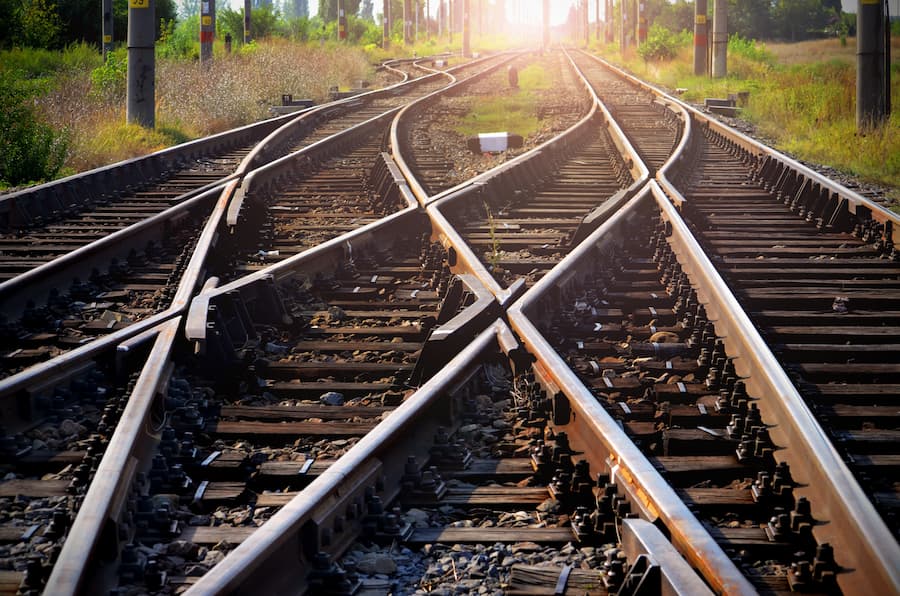New York’s Metro-North and MTA trains and subways service millions of commuters around the city each year. Many commuters come from Duchess County and other outlying areas, and hundreds of thousands of people use the subways each day to get around the city.
With so many commuters and others using trains, accidents are bound to happen, and the MTA reports dozens of injuries and fatalities throughout the city each year. However, many of the accidents could have been prevented.
If you got hurt or lost a loved one due to a Metro-North or MTA train or subway accident, you should speak with an experienced personal injury attorney immediately for a complete evaluation of your case. You may be able to hold the city responsible for your injuries and losses and obtain compensation, but you will need a lawyer for help.
Recent Metro-North Fatalities
News outlets reported a fatal pedestrian-train accident that happened on February 6, 2023. The accident occurred on the Metro-North’s Hudson Line in Peekskill just after 7:00 a.m. The most alarming fact about the report was that another pedestrian died in the same area the previous week, along with another fatality near Dover Station just a few days earlier. That’s three train-pedestrian fatalities in close proximity within a week.
Authorities believe all the recent fatalities were suicides. However, the tragedies raise questions as to whether the MTA, Metro-North, and other mass transit authorities are doing enough to keep their platforms, stations, and tracks safe for all. Unfortunately, people choose to end their lives by stepping in front of moving trains throughout the city, and it may be an issue that does not have an effective solution.
The question is, though, is the city taking measures to help prevent or mitigate these incidents? After just one suicide, you would expect the city to take notice and work to implement safeguards to ward against this behavior. After three suicides on the same line in nearly the same areas, the problem has certainly become pervasive enough to warrant closer scrutiny by authorities, and many have called upon the city to act.
The report mentioned that the MTA Police were investigating the latest fatality, but it did not offer any specific actions the city plans to take to prevent future occurrences. To make matters worse, numerous harmful incidents happen in train and subway stations each year and along the hundreds of miles of tracks servicing the greater NYC metropolitan area. If the city is not doing enough to make stations, platforms, and track areas safe for everyone, it leaves itself open to personal injury and wrongful death claims and lawsuits.
 Other Preventable Injuries and Fatalities on NYC’s Train Lines
Other Preventable Injuries and Fatalities on NYC’s Train Lines
Along with suicides and suicide attempts, many other incidents harm or kill thousands of commuters and pedestrians every year. Some common safety hazards include:
- Slip-and-fall accidents – Water, snow, and ice cause many people to slip on stairs, walkways, and other surfaces in and around stations, and commuters can slip off platforms and fall onto the tracks.
- Trip-and-fall accidents – Commuters can trip over upturned platform pads or uneven surfaces that can cause them to fall into a train’s path.
- Subway pushes – Many people suffer injuries or death from being pushed from behind by a bystander while waiting on a train.
- Violent crimes – Subways and train stations also see considerable amounts of violent crimes, including assaults and muggings. In 2021, eight murders and eight rapes occurred in train and subway stations, according to the NYPD Transit Bureau.
Other safety hazards include people falling between moving train cars and people getting crushed or injured in turnstiles and gates.
Safety Mechanisms Are Available
Solutions exist to help prevent many of these issues. One such mechanism employs either full- or half-height partitions along a platform’s edge with sliding screen doors that open only when the train has stopped at the station. The doors then close as the train departs to prevent anyone from falling, jumping onto, or being pushed onto the tracks.
Cities such as Paris, London, Tokyo, and Sao Paulo have implemented these types of safety mechanisms and barriers with success. Vancouver, Canada, has implemented a laser and weight detection system that constantly monitors commuter tracks, and the system forces a train to a stop if it detects something on the tracks that shouldn’t be there.
Many New York commuters have expressed concern that the city is not doing enough to protect train riders, and both native New Yorkers and visitors alike have said they feel unsafe when waiting on subways and trains. Calls for action have increased as the number of preventable subway and train incidents has risen. Reportedly, the only subway station in New York City that has any safety barriers in place is the JFK AirTrain station.
MTA Slow to Respond
The MTA has apparently investigated implementing platform walls and doors since 2007, and in 2014, it conducted a feasibility study on implementing full-height platform screen doors, half-height automatic platform gates, or rope platform screen doors at subway stations. The MTA has also evaluated thermal imaging and laser systems that can detect when a person enters the tracks and alert train operators.
The MTA estimated that it would cost between $6 to $7 billion to implement the platform doors on the stations. Not surprisingly, the MTA has not implemented these safety mechanisms, choosing to save money instead of lives. An attorney can also argue that this constitutes negligence.
Consult an Experienced New York Train-Pedestrian Accident Attorney
If you suffered injuries or lost a loved one due to a preventable accident in or around any of New York’s commuter trains or subways, you may have legal options for obtaining compensation. You will need a complete and objective review of your claim from an experienced New York train-pedestrian accident attorney who can advise you of your rights and options.
New York City only allows you 90 days to submit a claim, and you will likely have to jump through many hoops in the process. Therefore, you must consult an attorney immediately to get started. A lawyer can gather the evidence for you and file your claim promptly so you don’t have to worry about it, and an attorney can serve as a steadfast advocate to fight hard to hold those responsible for your injury accountable and help you get the money you need.

